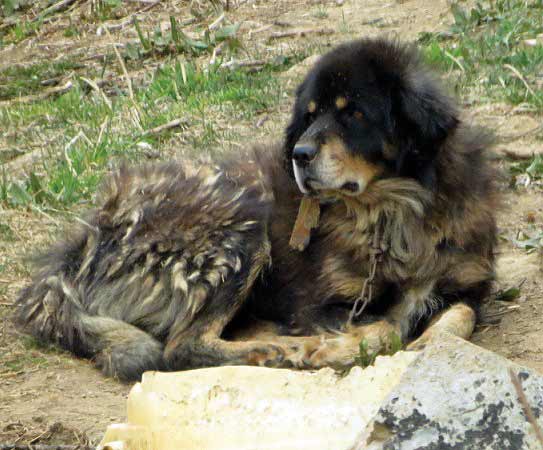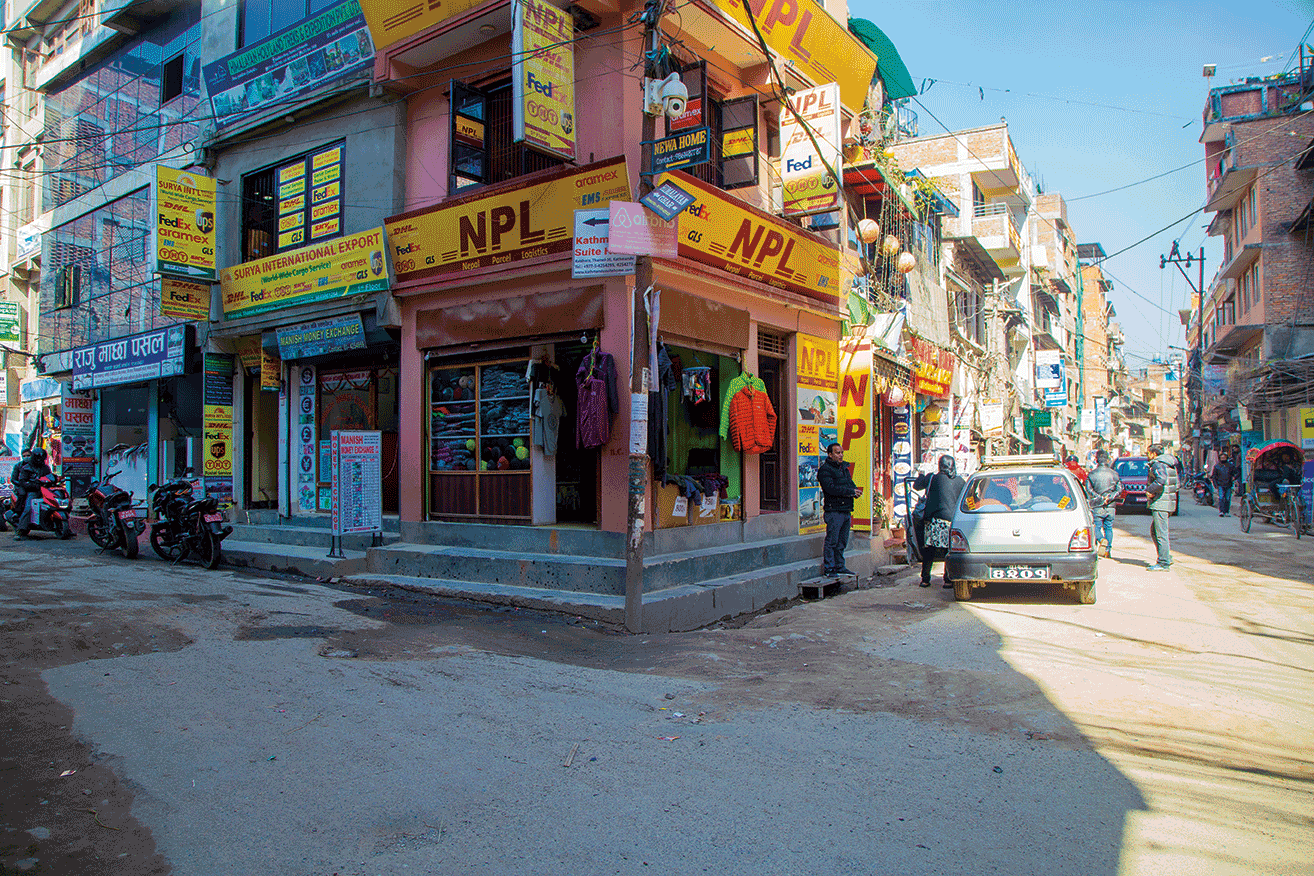Sir Edmund Hillary—knownas ‘Bara Sahib’ among the Sherpas—made history
when he and Tenzing Norgay Sherpa became the first people to successfully reach the summit of Mount Everest. The two climbers reached the top of the 29,028 foot peak, the highest point on earth, at 11:30am on May 20, 1953. To Sherpas Everest is Chomolungma, and in Nepali it is Sagarmatha.
A few years after his ascent of Everest ‘Bara Sahib’, or ‘Sir Ed’ as he was also called, received a petition from the Sherpas of Khumjung stating: “Our Children have eyes, but they are still blind, can you please build a school for them so that they can open their eyes to the world?” Sir Ed immediately responded to the petition by starting a foundation and in Khumjung village he built the first of many schools. This marked the beginning of Hillary’s long and steadfast dedication and commitment to the well-being of the Sherpa people. Over the years, he became increasingly involved and devoted to helping the Sherpa people of Solukhumbu through the Himalayan Trust, which he established in the 1960s. Through his tireless efforts many schools, as well as hospitals, health posts, bridges, airstrips and water supply projects were built in some of the most remote villages of Solukhumbu District.
Sir Ed was not only concerned about the health and the education of the Sherpas, but he was equally concerned about the degrading environment of the Khumbu region. The degradation was caused by the local practice of fervently cutting trees and turning rich forests into bare lands in order to provide fuel for the trekkers and mountaineers.
To mitigate this growing threat, Hillary convinced the Nepalese government to pass laws protecting the forests and to declare the Everest area as a national park. He then used his great prestige to persuade the government of New Zealand to provide financial support and technical aid to the establishment of Sagarmatha National Park in 1976. Three years later, the park was designated as a UNESCO World Heritage Site.Sir Edmund continued to occupy himself with environmental causes and humanitarian work on behalf of the Sherpa people for the rest of his life. His fervor was unwavering even after the tragic loss of his beloved wife Louise and daughter Belinda in a plane crash in 1975 during one of his hospital building projects in Solu.
Hillary lived as a simple man, not a hero. He was a man who loved the people of Nepal and was fully committed to helping them. He did everything with extraordinary passion and led so many of us on an amazing journey of hope that forever changed our lives. He was involved with the Himalayan Trust right up to his death of heart failure on January 11, 2008, in his birthplace, Auckland, New Zealand. He was 88 years old. Ang Rita Sherpa, Chief of the Himalayan Trust Nepal, made this proclamation upon hearing of Hillary’s passing: “His loss to the nation and to us is bigger and heavier than Mount Everest (Chomolungma).”
One year later, on January 11, 2009, on the ridge above Khunde village hospital in the Khumbu, a dedication ceremony was organized by local Sherpa residents to commemorate the memory of a man who was larger than life. Three memorial chortens were erected and dedicated that day, one to Sir Edmund and one each for his wife and daughter. Their memory now rests within sight of the village amidst the beautiful mountains that first brought Bara Sahib to the Khumbu 55 years earlier.
Ang Rita Sherpa is one of the many Sherpas who benefited from attending the Khumjung school, the first that Sir Edmund Hillary built in the Khumbu. Ang Rita currently works with The Mountain Institute (TMI) in Kathmandu. The essay and concept are by Ang Rita Sherpa, and the photos are by Ang Tsering Sherpa (of Khunde).











